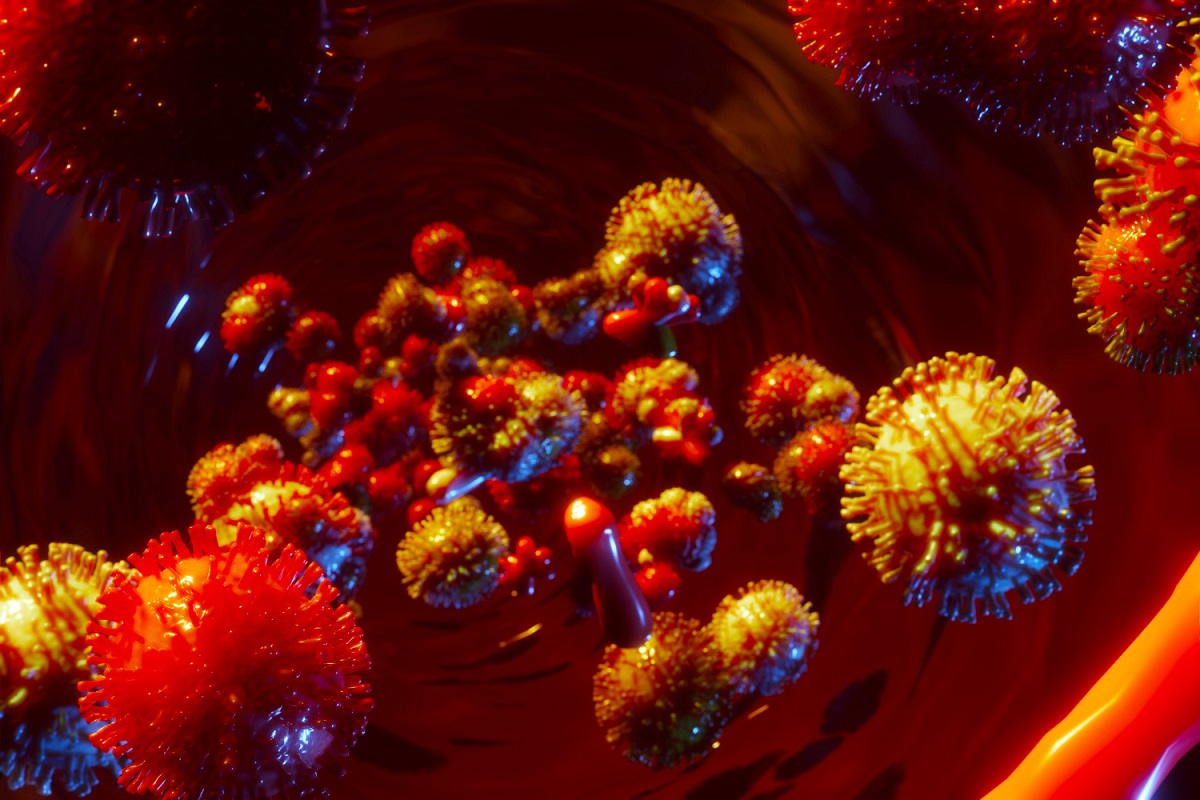KEY TAKEAWAYS
- The study aimed to evaluate MRI’s diagnostic utility in staging and treating cervical cancer during pregnancy and assess ADC’s role in NACT.
- MRI aids in staging cervical cancer during pregnancy. Stage IA patients may opt for conservative treatment while MRI monitors chemotherapy efficacy.
In managing cervical cancer during pregnancy, evaluating MRI’s diagnostic value for staging and treatment is crucial. Additionally, assessing the apparent diffusion coefficient(ADC’s) role in neoadjuvant chemotherapy (NACT) is vital.
Feng Gao and the team spearheaded the study that aimed to evaluate MRI’s diagnostic efficacy in staging and treating cervical cancer during pregnancy and assess ADC’s utility in NACT.
This was a retrospective cohort analysis. Patients were categorized into two groups based on cervical cancer stage. Diagnosis typically occurred during the early second trimester of pregnancy (range: 10-27 weeks), with a median age of 33 years (range: 26-40 years). Abdominal and pelvic MRI scans alongside clinical records were examined. Assessment of tumor dimensions, local extent, and lymph node engagement was conducted utilizing MRI data. Treatment modalities, follow-up imaging, and pre-and post-chemotherapy ADC measurements were scrutinized.
The study enrolled 16 patients with histopathologically confirmed cervical cancer during pregnancy. Among them, 7 patients were classified as early stage (FIGO stage IAI) as the lesion was not visible on MRI. These patients underwent cesarean delivery (CD) at 38-41 weeks gestation after allowing the pregnancies to continue. The remaining 9 patients were classified as advanced stage (FIGO stage IB2-IIA2), with the lesion visible and measurable on MRI. They received NACT during pregnancy.
Of these patients, 6 underwent the TP regimen (paclitaxel 135~175 mg/m2 plus cisplatin 70~75 mg/m2) while 3 received the TC regimen (paclitaxel 135~175 mg/m2 plus carboplatin AUC=5). NACT was administered for 1 to 2 courses before surgery. There were significant differences in ADC values before and after chemotherapy during pregnancy(1.06 ± 0.12 sec/mm2 vs. 1.34 ± 0.21 sec/mm2).
The study found that MRI plays a crucial role in staging cervical cancer during pregnancy. For patients identified with stage IA through MRI, conservative treatment is a viable option, enabling them to continue their pregnancy until full term.
Furthermore, MRI serves as a dynamic tool for monitoring the response to chemotherapy in patients diagnosed with stage IB and higher during pregnancy. Additionally, the study suggested that the ADC value holds potential as an indicator for evaluating the effectiveness of chemotherapy. No funding was provided.
Source: https://pubmed.ncbi.nlm.nih.gov/38389369/
Gao F, Qian T, Sun M, et al. (2024) ‘’MRI Plain Scan: A Tool in the Management of Cervical Cancer during Pregnancy.’’ Curr Med Imaging. 2024:20:1-8. doi: 10.2174/0115734056257220231107114540.



